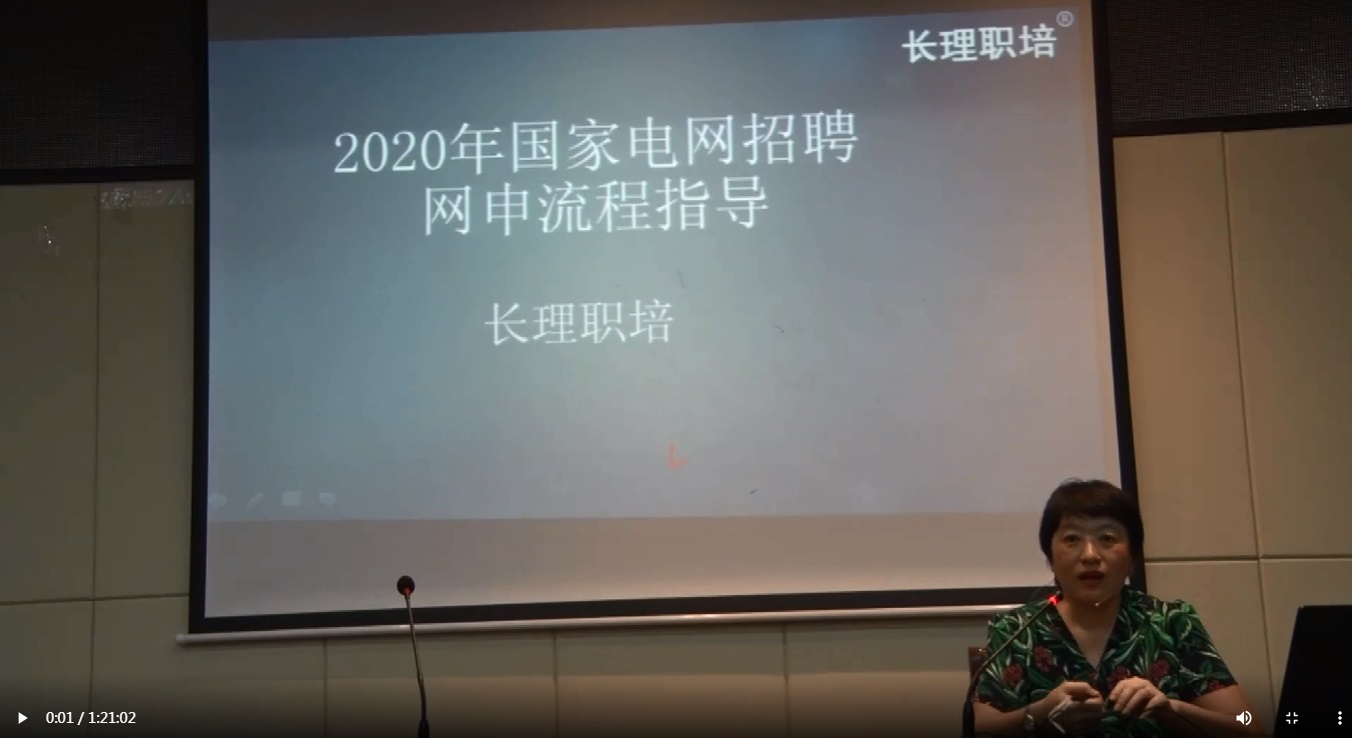吴哥是柬埔寨的古都和游览胜地,位于洞里萨湖北面,距暹粒市6公里。公元9~15世纪为高棉王国都城。最早始建于8世纪,13世纪建成,占地15平方公里。吴哥古迹主要包括大、小吴哥两地的通王城和吴哥窟;各种建筑约600座。有5座宏伟的宝塔和精美的浮雕,是闻名于世的高棉文化古迹,也是世界著名的佛教建筑。柬埔寨王国国旗上的图案就是吴哥窟的圣塔。吴哥古迹曾被丛林所掩盖,19世纪后期才被重新发现。上图为吴哥中最著名的建筑--吴哥窟。
This ancient city is known to the world as Angkor Wat after its most beautiful temple, but the true wonder is the city itself, which is actually called Angkor.
The first temples were completed in the eighth century by early Khmer1 king Jayavarman and his heirs kept building on his legacy. The whole of Angkor was built over a period of about 600 years. It never stopped. It was to recreate in Hindu mythology the Mount Mira, the Hindu Heaven. And the kings wanted to elevate2 themselves to a godlike status and progressive kings enlarged upon it. And so it just grew and grew. Each king wanted to build another temple. They were trying to create Heaven on Earth.
The lush jungle paradise they created inevitably caught the attention of the neighboring kingdom of Siam3now known as Thailand. After one hundred years of off and on battle, the Thai armies began to get the upper hand. At the end of it, the Cambodian people were exhausted. Their resources had run out. The Thais had a relatively easy victory when they finally sacked1 Angkor in 1431. But a mystery surrounds their victory. Without warning the Thai armies abandoned Angkor as suddenly as they conquered it and to this day no one knows why.
The Royal Court just literally walked away from Angkor completely. The couple of temples were maintained and visited from time to time. But basically they just turned their back on2 it. And the magnificent city became lost in the mists of time. Rumors of this sacred city floated throughout the jungles of Southeast Asia for centuries.
The locals were telling stories. There had been French naturalists through the area, but no one believed the tales. Then, in 1860 the French explorer Henri Mahout set out to find Angkor. One day he stepped into a jungle clearing and found himself walking through the imperial3 ruins of the ancient city. Over one hundred years later, the world is also beginning to understand the glory of Angkor.
For being a heavenly city4 that transcends time, Angkor ascends to number three on our list.
神秘高棉文化古迹 丛林天堂吴哥窟
这座古城被世人称为吴哥窟,以城中最美的庙宇的名字命名,而真正的奇迹是这座城市本身,这座城市实际上叫吴哥。
第一批寺庙在8世纪由古高棉国王 耶跋摩建成,他的后代们继承祖业,继续修建。吴哥的整体建筑花了大约600年的时间,并且从未停止过。它要重现印度神话中的米拉山--印度人的天堂。国王们想把自己提升到神那样的位置上,于是一代一代的国王不断地扩建,所以它就越建越大。每个国王都想新建一个庙宇,他们试图建造人间的天堂。
他们创建的奢华的丛林天堂不可避免地引起了邻国暹罗王国(即现在的泰国)的注意。经过100年断断续续的争斗,泰国军队开始占了上风。柬埔寨人最终筋疲力尽了,他们的资源消耗殆尽了。泰国人较易地取得了胜利,他们终于在1431年洗劫了吴哥。但他们的胜利却罩着一层神秘的面纱。就像他们迅速征服它一样,泰国军队一声不响地迅速放弃了吴哥,至今谁也不知个中原因。
皇室完全地离开了吴哥。一些庙宇还得到维护并不时有人来看一看,但基本上皇室已经废弃了吴哥。这座华丽的古城被湮灭在时间的迷雾中。几个世纪以来,在东南亚的丛林中,一直流传着有关这座圣城的传说。
当地人讲述着种种故事。曾有一些法国自然学家到过这个地方,但没有人相信这些传说。后来,在1860年,法国探险家亨利·马乌开始寻找吴哥。有一天他步入了一片丛林空地,发现他正走在这座古城的王国废墟上。100多年后,世界也开始认识吴哥的辉煌 吴哥是柬埔寨的古都和游览胜地,位于洞里萨湖北面,距暹粒市6公里。公元9~15世纪为高棉王国都城。最早始建于8世纪,13世纪建成,占地15平方公里。吴哥古迹主要包括大、小吴哥两地的通王城和吴哥窟;各种建筑约600座。有5座宏伟的宝塔和精美的浮雕,是闻名于世的高棉文化古迹,也是世界著名的佛教建筑。柬埔寨王国国旗上的图案就是吴哥窟的圣塔。吴哥古迹曾被丛林所掩盖,19世纪后期才被重新发现。上图为吴哥中最著名的建筑--吴哥窟。
This ancient city is known to the world as Angkor Wat after its most beautiful temple, but the true wonder is the city itself, which is actually called Angkor.
The first temples were completed in the eighth century by early Khmer1 king Jayavarman and his heirs kept building on his legacy. The whole of Angkor was built over a period of about 600 years. It never stopped. It was to recreate in Hindu mythology the Mount Mira, the Hindu Heaven. And the kings wanted to elevate2 themselves to a godlike status and progressive kings enlarged upon it. And so it just grew and grew. Each king wanted to build another temple. They were trying to create Heaven on Earth.
The lush jungle paradise they created inevitably caught the attention of the neighboring kingdom of Siam3now known as Thailand. After one hundred years of off and on battle, the Thai armies began to get the upper hand. At the end of it, the Cambodian people were exhausted. Their resources had run out. The Thais had a relatively easy victory when they finally sacked1 Angkor in 1431. But a mystery surrounds their victory. Without warning the Thai armies abandoned Angkor as suddenly as they conquered it and to this day no one knows why.
The Royal Court just literally walked away from Angkor completely. The couple of temples were maintained and visited from time to time. But basically they just turned their back on2 it. And the magnificent city became lost in the mists of time. Rumors of this sacred city floated throughout the jungles of Southeast Asia for centuries.
The locals were telling stories. There had been French naturalists through the area, but no one believed the tales. Then, in 1860 the French explorer Henri Mahout set out to find Angkor. One day he stepped into a jungle clearing and found himself walking through the imperial3 ruins of the ancient city. Over one hundred years later, the world is also beginning to understand the glory of Angkor.
For being a heavenly city4 that transcends time, Angkor ascends to number three on our list.
神秘高棉文化古迹 丛林天堂吴哥窟
这座古城被世人称为吴哥窟,以城中最美的庙宇的名字命名,而真正的奇迹是这座城市本身,这座城市实际上叫吴哥。
第一批寺庙在8世纪由古高棉国王 耶跋摩建成,他的后代们继承祖业,继续修建。吴哥的整体建筑花了大约600年的时间,并且从未停止过。它要重现印度神话中的米拉山--印度人的天堂。国王们想把自己提升到神那样的位置上,于是一代一代的国王不断地扩建,所以它就越建越大。每个国王都想新建一个庙宇,他们试图建造人间的天堂。
他们创建的奢华的丛林天堂不可避免地引起了邻国暹罗王国(即现在的泰国)的注意。经过100年断断续续的争斗,泰国军队开始占了上风。柬埔寨人最终筋疲力尽了,他们的资源消耗殆尽了。泰国人较易地取得了胜利,他们终于在1431年洗劫了吴哥。但他们的胜利却罩着一层神秘的面纱。就像他们迅速征服它一样,泰国军队一声不响地迅速放弃了吴哥,至今谁也不知个中原因。
皇室完全地离开了吴哥。一些庙宇还得到维护并不时有人来看一看,但基本上皇室已经废弃了吴哥。这座华丽的古城被湮灭在时间的迷雾中。几个世纪以来,在东南亚的丛林中,一直流传着有关这座圣城的传说。
当地人讲述着种种故事。曾有一些法国自然学家到过这个地方,但没有人相信这些传说。后来,在1860年,法国探险家亨利·马乌开始寻找吴哥。有一天他步入了一片丛林空地,发现他正走在这座古城的王国废墟上。100多年后,世界也开始认识吴哥的辉煌 吴哥是柬埔寨的古都和游览胜地,位于洞里萨湖北面,距暹粒市6公里。公元9~15世纪为高棉王国都城。最早始建于8世纪,13世纪建成,占地15平方公里。吴哥古迹主要包括大、小吴哥两地的通王城和吴哥窟;各种建筑约600座。有5座宏伟的宝塔和精美的浮雕,是闻名于世的高棉文化古迹,也是世界著名的佛教建筑。柬埔寨王国国旗上的图案就是吴哥窟的圣塔。吴哥古迹曾被丛林所掩盖,19世纪后期才被重新发现。上图为吴哥中最著名的建筑--吴哥窟。
This ancient city is known to the world as Angkor Wat after its most beautiful temple, but the true wonder is the city itself, which is actually called Angkor.
The first temples were completed in the eighth century by early Khmer1 king Jayavarman and his heirs kept building on his legacy. The whole of Angkor was built over a period of about 600 years. It never stopped. It was to recreate in Hindu mythology the Mount Mira, the Hindu Heaven. And the kings wanted to elevate2 themselves to a godlike status and progressive kings enlarged upon it. And so it just grew and grew. Each king wanted to build another temple. They were trying to create Heaven on Earth.
The lush jungle paradise they created inevitably caught the attention of the neighboring kingdom of Siam3now known as Thailand. After one hundred years of off and on battle, the Thai armies began to get the upper hand. At the end of it, the Cambodian people were exhausted. Their resources had run out. The Thais had a relatively easy victory when they finally sacked1 Angkor in 1431. But a mystery surrounds their victory. Without warning the Thai armies abandoned Angkor as suddenly as they conquered it and to this day no one knows why.
The Royal Court just literally walked away from Angkor completely. The couple of temples were maintained and visited from time to time. But basically they just turned their back on2 it. And the magnificent city became lost in the mists of time. Rumors of this sacred city floated throughout the jungles of Southeast Asia for centuries.
The locals were telling stories. There had been French naturalists through the area, but no one believed the tales. Then, in 1860 the French explorer Henri Mahout set out to find Angkor. One day he stepped into a jungle clearing and found himself walking through the imperial3 ruins of the ancient city. Over one hundred years later, the world is also beginning to understand the glory of Angkor.
For being a heavenly city4 that transcends time, Angkor ascends to number three on our list.
神秘高棉文化古迹 丛林天堂吴哥窟
这座古城被世人称为吴哥窟,以城中最美的庙宇的名字命名,而真正的奇迹是这座城市本身,这座城市实际上叫吴哥。
第一批寺庙在8世纪由古高棉国王 耶跋摩建成,他的后代们继承祖业,继续修建。吴哥的整体建筑花了大约600年的时间,并且从未停止过。它要重现印度神话中的米拉山--印度人的天堂。国王们想把自己提升到神那样的位置上,于是一代一代的国王不断地扩建,所以它就越建越大。每个国王都想新建一个庙宇,他们试图建造人间的天堂。
他们创建的奢华的丛林天堂不可避免地引起了邻国暹罗王国(即现在的泰国)的注意。经过100年断断续续的争斗,泰国军队开始占了上风。柬埔寨人最终筋疲力尽了,他们的资源消耗殆尽了。泰国人较易地取得了胜利,他们终于在1431年洗劫了吴哥。但他们的胜利却罩着一层神秘的面纱。就像他们迅速征服它一样,泰国军队一声不响地迅速放弃了吴哥,至今谁也不知个中原因。
皇室完全地离开了吴哥。一些庙宇还得到维护并不时有人来看一看,但基本上皇室已经废弃了吴哥。这座华丽的古城被湮灭在时间的迷雾中。几个世纪以来,在东南亚的丛林中,一直流传着有关这座圣城的传说。
当地人讲述着种种故事。曾有一些法国自然学家到过这个地方,但没有人相信这些传说。后来,在1860年,法国探险家亨利·马乌开始寻找吴哥。有一天他步入了一片丛林空地,发现他正走在这座古城的王国废墟上。100多年后,世界也开始认识吴哥的辉煌
编辑推荐:

温馨提示:因考试政策、内容不断变化与调整,长理培训网站提供的以上信息仅供参考,如有异议,请考生以权威部门公布的内容为准! (责任编辑:长理培训)






















点击加载更多评论>>